It’s a marvelous sight, seeing Electric Peak crest on the horizon.
It’s even more marvelous if you’re lucky enough to see it live up to its namesake—like in the photo below.
Electric Peak is the highest point of the Gallatin Range, named for statesman Albert Gallatin (1761-1849), who was the longest serving U.S. Secretary of the Treasury (1801-February 1814). According to the Montana Department of Transportation, Electric Peak, and other high peaks in the range, “are carved from volcanic rocks and volcanic-derived mudflows that erupted during the Eocene, approximately 45 million years ago.”
Behind the Name
Electric Peak was named by geographer Henry Gannett, known in some quarters as the “Father of the Quadrangle,” which is still the standard topographical maps go by in the United States. Further, he was one of the experts whose lobbying led to the formation of the United States Geological Survey in 1879. Further, he was one of the co-founders of the National Geographic Society, eventually serving as its president in 1909—after serving as inaugural secretary, treasure, and vice-president.
Before all that, however, fresh out of Harvard University, he joined the 1871 Hayden Geological Survey, glossing over an offer to accompany Charles Francis Hall on the 1871 Polaris Expedition to the North Pole.
It turned out to be a fortuitous choice on his part, since the Polaris Expedition ended disastrously, with Hill himself dying. Indeed, Hill may have been murdered; a posthumous exhumation of his body in 1968 revealed large traces of arsenic. But I digress.
According to The American Surveyor, the Hayden Survey afforded Gannett ample opportunity to cultivate his geographical skills. It also provided the young man several chances to test out his nomenclatural prowess:
While involved with the Hayden Survey, Gannett gained valuable experience in the latest mapping techniques while also enjoying the outdoors, which appealed to his personal taste. On July 26, 1872, Gannett and others in his party ascended a yet unnamed mountain with surveying instruments to reach the summit. Working ahead of the rest of the team, and as a thunderstorm was approaching, Gannett came within 50 feet of the summit when he began to feel a tingling or prickling sensation in his head and also at the ends of his fingers. Soon the sensation increased to pain and his hair began to stand on end. Others in the party arrived and also experienced the same sensation with a crackling noise surrounding them. Despite the danger, one man determined to reach the summit, but was stopped short by a severe shock each time he tried to advance. Even after retreating to a safer area a few hundred feet below the summit, the men continued to hear and feel the electricity. Gannett then affixed the name “Electric Peak” to the summit that his party had unsuccessfully tried to reach.
Indeed, geologist Albert Charles Peale includes a riveting account of their attempt to summit Electric Peak in his diary for the Hayden survey. From Peale’s diary, courtesy of Yellowstone Place Names by Lee H. Whittlesey:
We reached the summit of the peak about 4 o’clock. There was a storm cloud all about us. [Henry] Gannett was a little ahead and we saw him hurrying back to us with his hair standing on end. As he neared us we could hear a crackling noise as though there were a lot of frictional electrical machines all about him. We soon began to feel it ourselves. Gannett said [that when] he got to the summit the electricity was so strong that he was obliged to put down the gradienter and hurry down. [Topographer A.E.] Brown tried to go up and get it but got a shock on the top of his head and came back in a hurry also. We then descended about 100 feet, having the noise all about us as though there were a lot of electrical machines about us.
The theme of “electrical machines” cropped up in several accounts, including Gannett’s own, cited in Hiram Martin Chittenden’s history of Yellowstone National Park.
Climbing Electric Peak
In spite of the hair-raising name, Electric Peak isn’t always so foreboding. Indeed, if you’re interested, you can hike and climb the mountain. Please note, however, that while Electric Peak isn’t as dangerous as the name implies, the trip isn’t for the faint of heart. All told, a trip to Electric Peak is 20.6 miles roundtrip, with many changes in elevation. You can’t do it in a day—not unless you have a death wish.
If you do want to climb Electric Peak, prepare accordingly. You’ll need a backcountry permit to camp overnight—and you’ll need to call ahead of time at 307-344-2160. You can also email the Backcountry Office to make a reservation. Once you make your reservations, be sure and read the backcountry trip planner.
 Yellowstone Insider Your Complete Guide to America's First National Park
Yellowstone Insider Your Complete Guide to America's First National Park
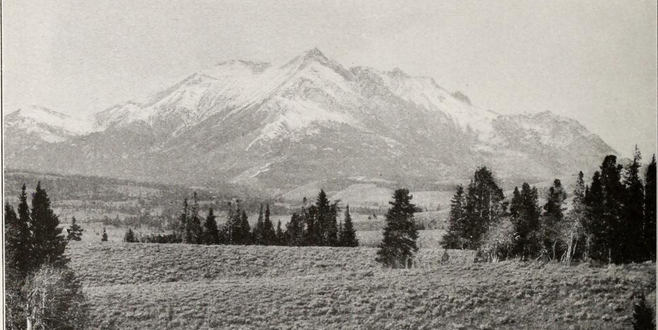
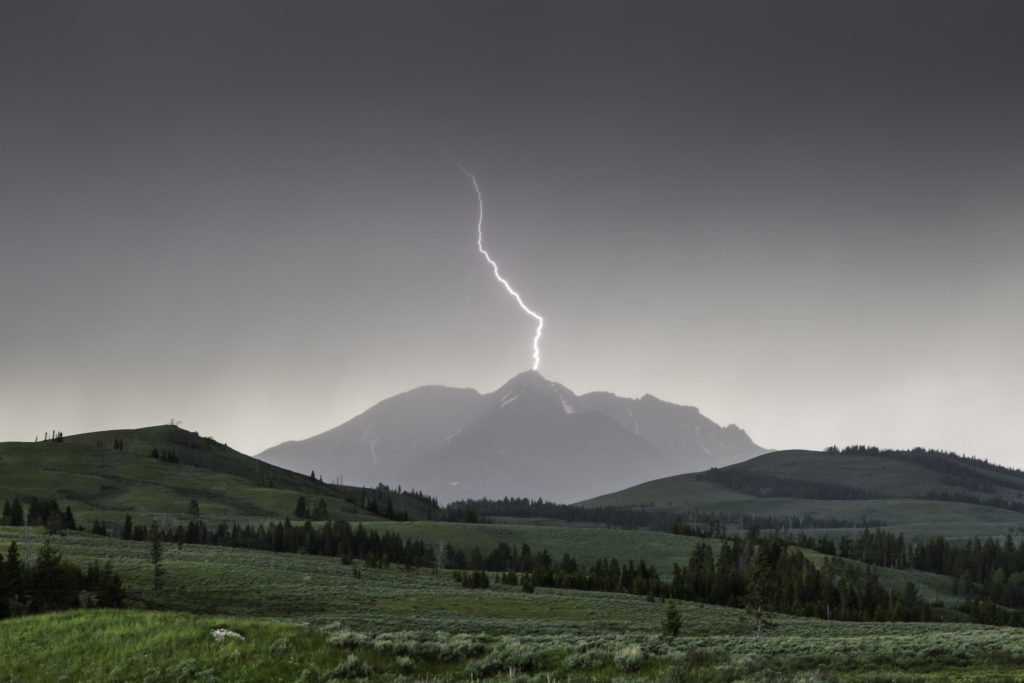
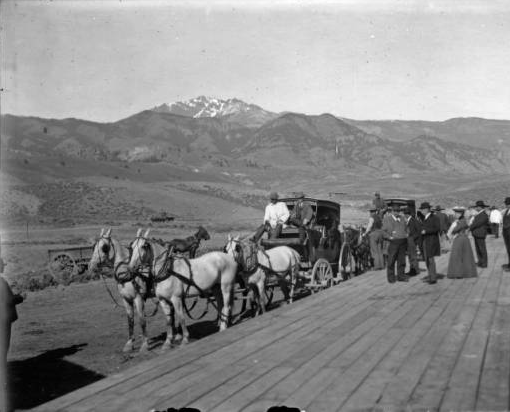
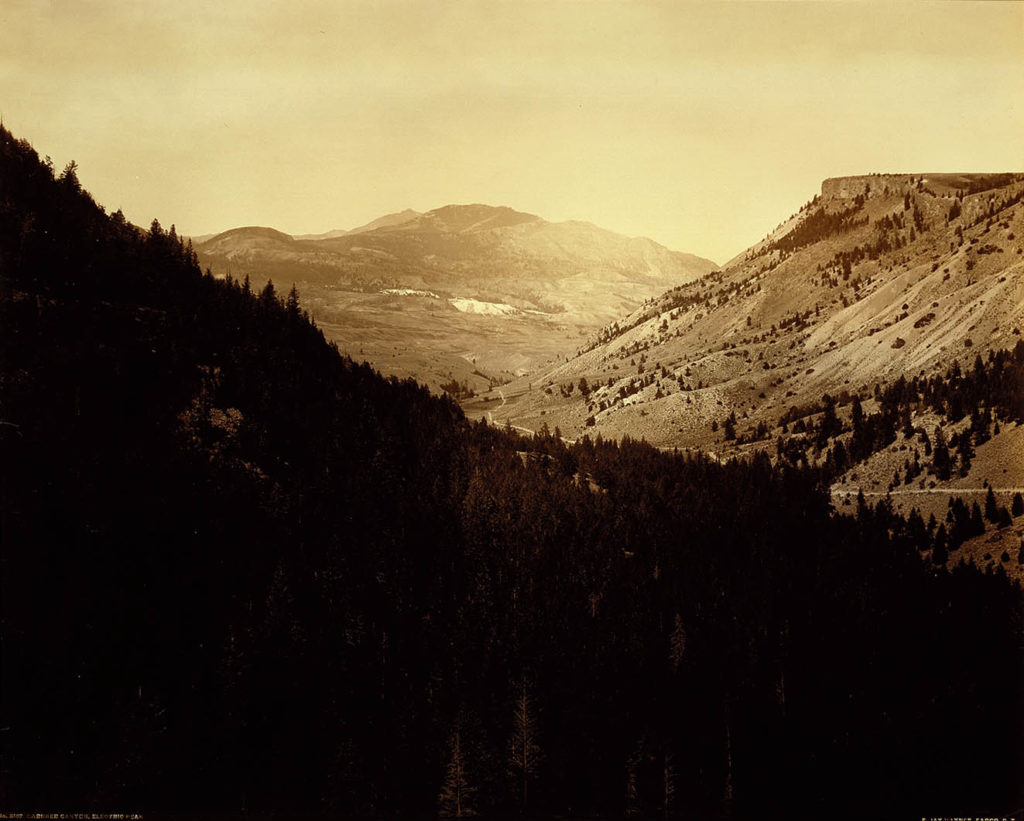
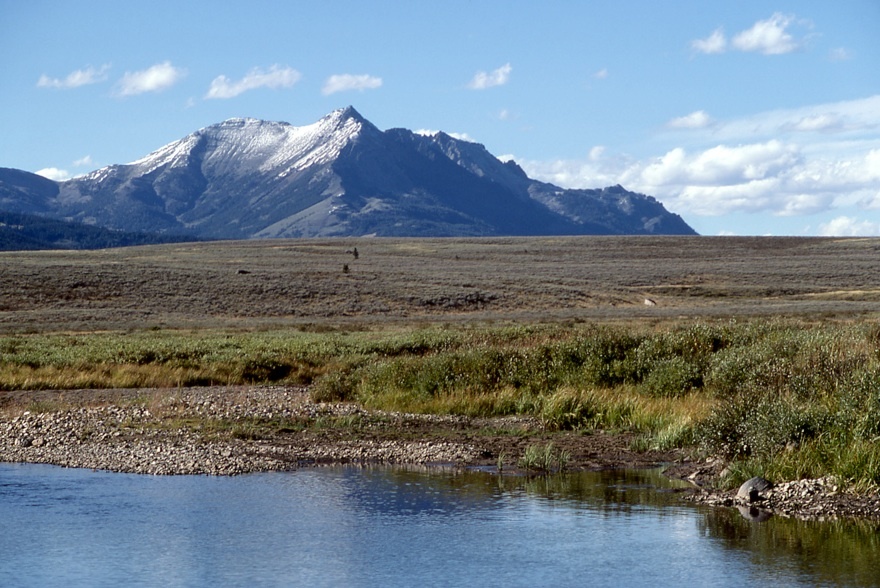




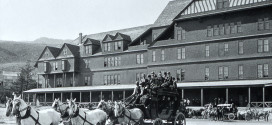
You must be logged in to post a comment.